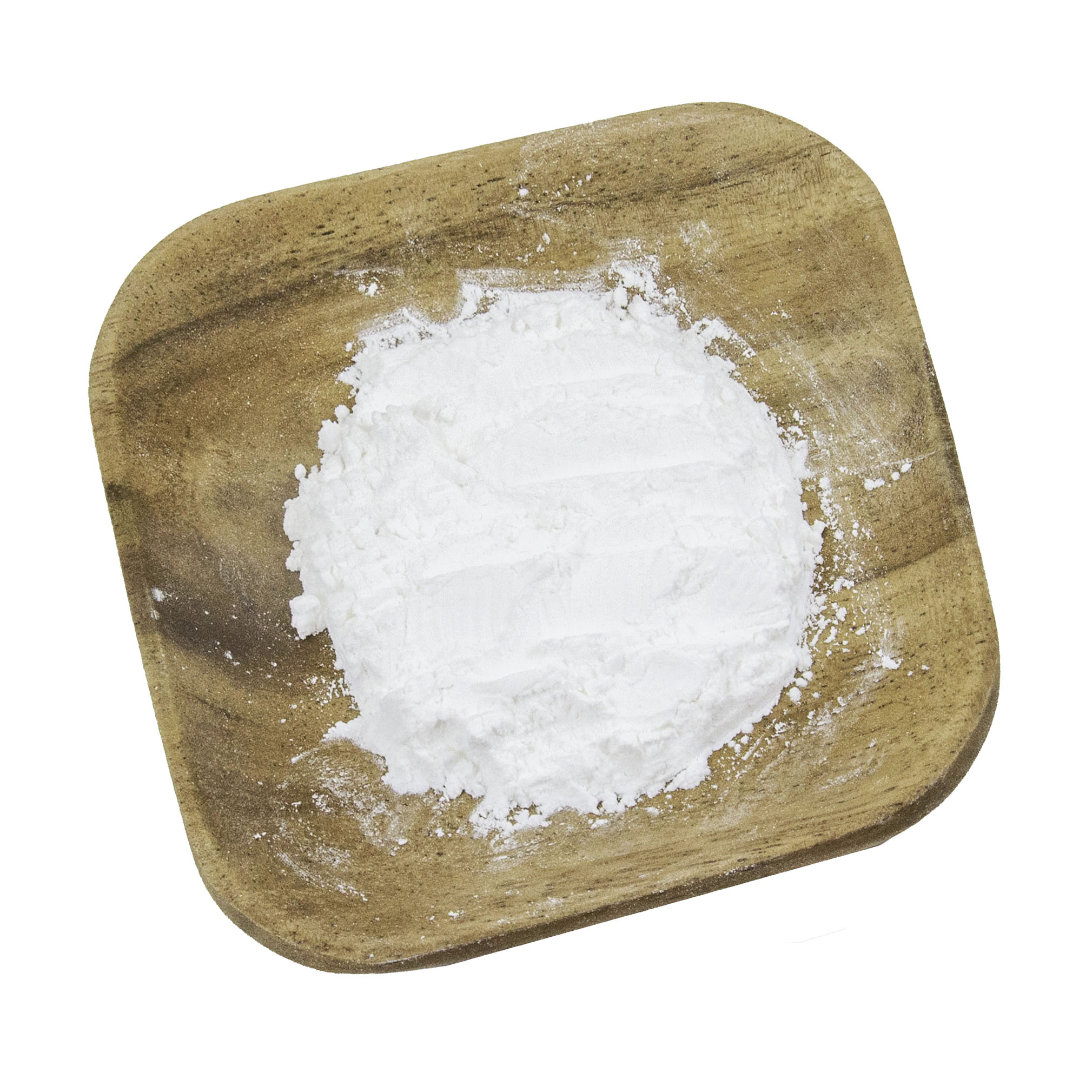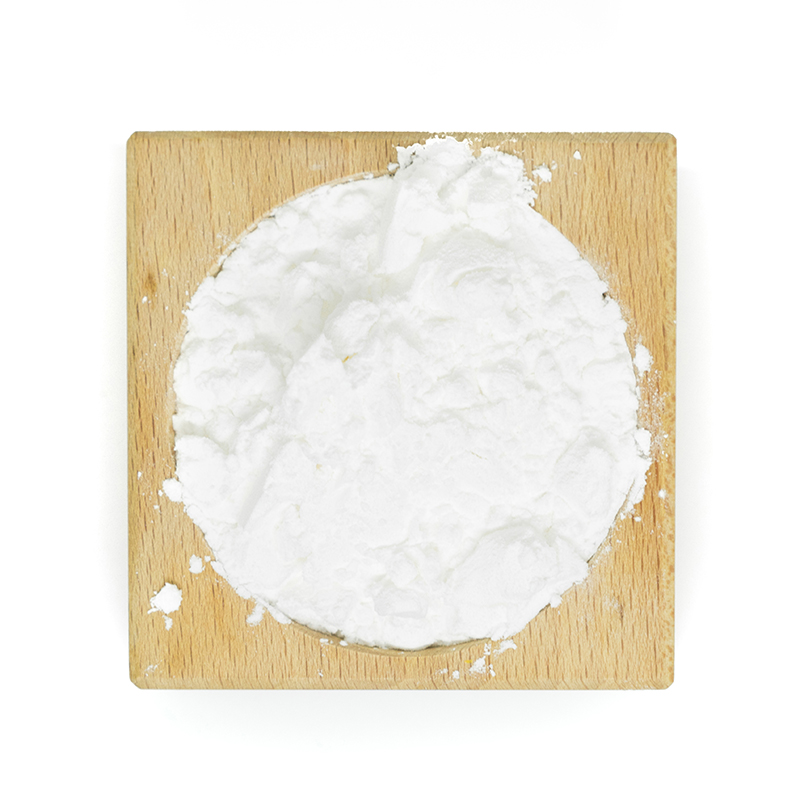Today we aim to solve one of the baking world’s famous mysteries. What is the difference between Baking Soda and Baking Powder and how do you use them?
Many people confuse baking soda and baking powder when they are shopping. You don’t really change a lot in an ingredient by changing the second word of their names, right? Unfortunately, that is not the case!
There are several differences between the two ingredients. From how you use them, to when you use them and how much to use for each. Let us get to know the two ingredients better so that we know how they work and to get a better understanding of the aluminum-free debate.
Baking Soda:
Let us start with baking soda because as it can be more confusing of the two. Do you remember the science experiment we all did in school? Mixing baking soda with vinegar and watching an eruption of bubbles? Usually we did this in our model volcano class. When you mix baking soda which is a base (alkaline) with vinegar which is an acid you get a chemical reaction, generally an eruption of bubbles! The product of this reaction is carbon dioxide.
The same exact reaction is what happens when we bake cookies, cakes or breads. When a recipe calls for baking soda, it usually calls for some type of acid to go with it. The acid may range from ingredients like buttermilk, brown sugar, yogurt, lemon juice, vinegar, cream of tartar, molasses, applesauce, natural cocoa powder, or honey. You will need at least one of these ingredients in your recipe to react with the baking soda. This is what creates carbon dioxide and allows your baked goods to rise.
Baking Soda is 100% sodium bicarbonate and contains no other ingredients. It comes from soda ash, which can be produced synthetically or harvested from natural sources. Westpoint’s Baking Soda is mined from natural deposits only. The process followed is that water is pumped underground to dissolve the sodium bicarbonate beds and the resulting solution is then pumped to the surface and re-crystallized by repeated cooling. The product is then spin-dried and screened for foreign materials.
Baking Powder:
Baking Powder contains some sodium bicarbonate but also contains other ingredients that act as acidifying agents. This is where the aluminum-free debate comes in. Baking Powder is generally a mixture of baking soda, cream of tartar (a dry acid), and sometimes cornstarch but could also consist of aluminum-based acids. Thankfully, not all baking powders contain aluminum-based acids–it wholly depends on the manufacturer.
Westpoint’s Baking Powder is aluminum-free; it contains sodium acid pyrophosphate, sodium bicarbonate (baking soda), corn starch, monocalcium phosphate, and calcium sulphate. All our baking powders are free of impurities, artificial colouring, adulterants of flavours and aromas.
It has been well shared and documented on why we should be opting for aluminum-free baking products but If the health benefits of using aluminum-free baking powder isn’t enough, you could do it for the taste. Aluminum-free baking powder generally produces yummier treats.
So you can now focus on looking for aluminum-free baking powder the next time you are at the store, and we hope you no longer need to worry about the mistaken identity stricken, baking soda.
We know what you are thinking! Will anything blow-up if I use both together –
We know this definitely doesn’t help the distinction debate but Baking Soda and Baking Powder are often used within the same recipe, especially for many types of cookies and pancakes.
They are generally used together when the recipes contain some acidic ingredient, such as fruit or yogurt, but the carbon dioxide created when the baking soda reacts with the acid isn’t enough to leaven the amount of batter in the recipe, that’s where the other steps in to add the necessary extra lift, neutralize the acids and add tenderness.
When you want the recipe to taste a little tangy or develop a nice brown color like in pancakes, you use them together as well. It’s all down to having the right balance in your recipe.
The Art of Substitution:
It can get confusing on how to substitute the two which is why we have listed down a few good thumb rules you could follow:
While substituting Baking Powder while baking, you should use around 1/4 teaspoon of baking soda per 1 cup of flour in your recipe.
For substituting Baking Soda, you should use around 1 teaspoon of baking powder per 1 cup of flour in your recipe.
Connect With Us!
You could share your stories of how you have used baking powder and baking soda differently on our Facebook, Twitter, Pinterest, and Instagram!

